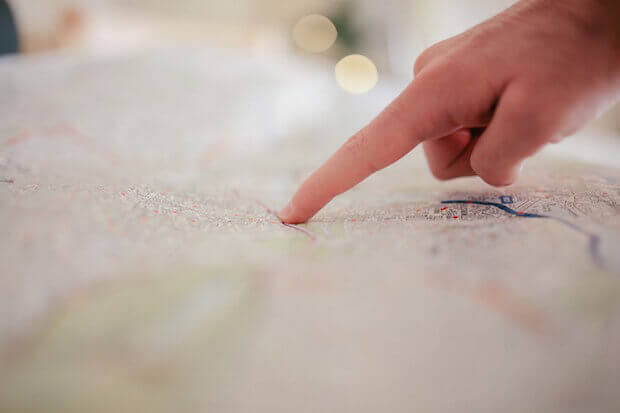
In the world dominated by the Internet and digital media, it’s easy to rely on various electronic tools to create a map. But the craft of making maps, otherwise known as cartography, can teach children a lot about mathematics, geography, and aesthetics. Teaching your children how to create maps can expand their sense of the size of the world. Maps are also important for other development processes.
Let’s take a look at what creating maps can teach your child.
Teach kids ratios and how to scale by creating a map
Depending on the area a map covers, one of the first steps in making a map is to determine its scale. Scale is the ratio of a single measuring unit on the map to ground distance. There are many things to consider while scaling. For example, Earth’s curvature. Because the Earth is an oblong sphere, the scale on a big map fluctuates. However, maps covering a small area can dismiss scaling restrictions of Earth’s curvature since the influence of curvature won’t be significant enough to cause any measuring errors. That said, maps with a scale of 1:10 000 usually represent small areas in a lot of detail (a city, for example), and 1:100 000 maps represent large areas with less detail (a country; a continent).
Explaining what scaling is might be a challenge, but one that will teach your child a lot about mathematics and spatial thinking.
Teach children about different types of maps and why they matter
There are many types of maps, each helping to illustrate different data. Let’s take a look at four most common map types and the subjects they teach kids.
General reference map
These are maps representing cities, roads, lakes, rivers. Basically, they serve to help you navigate around a city and reach a specific destination. General reference maps can teach your children how to navigate from one point in the city to another.
Thematic maps
These maps can represent language usage across a continent, cultural habits, political beliefs, or animal habitats, for example. These maps can help your children learn about international commonalities and dependencies. They also introduce them to the way environment affects human behaviour. For example, understanding population density using the visual form a thematic map can help students understand that humans tend to migrate to cities. This can lead to cultural discussions about why humans thrive when living near each other, or problems that can arise as a result of overpopulation, and so on.
Teach a thematic maps historical lesson about John Snow:
One famous example of a thematic map used for problem solving was when John Snow marked the areas of London that had cholera outbreaks. He used this information to relate the disease to the water supply in the city – an idea not well known at the time. This type of mapping is further segmented into an area of study called ‘medical geography,’ which helps doctors save lives today.
Get kids interested in their own thematic map references:
Here is a lesson by National Geographic that uses thematic maps as a learning point for students, in a way that may interest them:
Where in the World Would You Like to Live?
As well as another lesson by Saint Michael’s College:
Topological maps
These maps represent how certain elements on the map connect without relying on actual distances. Think about a subway map, for example. Or the way the Internet network may be displayed. A topological map can help explain the points at which information travels, rather than exactly how each fiber optic cable is winding through land or sea to get to us.
Topological maps are a good way to begin teaching kids about topology in mathematics, though this can become complex for younger learners. As an alternative, use this opportunity to teach how simplifying information can help us understand complex things in easier ways.
Here is a lesson that explains how to create a topological map, and the reasons why.
Weather maps
These maps serve to illustrate different meteorological conditions in a specific area. For example, within a country. They can also represent characteristics of various climates around the globe.
Weather maps can teach your children how to recognize and then associate different weather-related symbols. Try to teach kids what those symbols mean on weather reports.
Different kinds of maps can teach your children a wide spectrum of topics. From mathematical and geographical terms, to seeing connections and differences across and within countries. Encourage your children to use their imagination to come up with an idea for their own map in each of the many map types.




